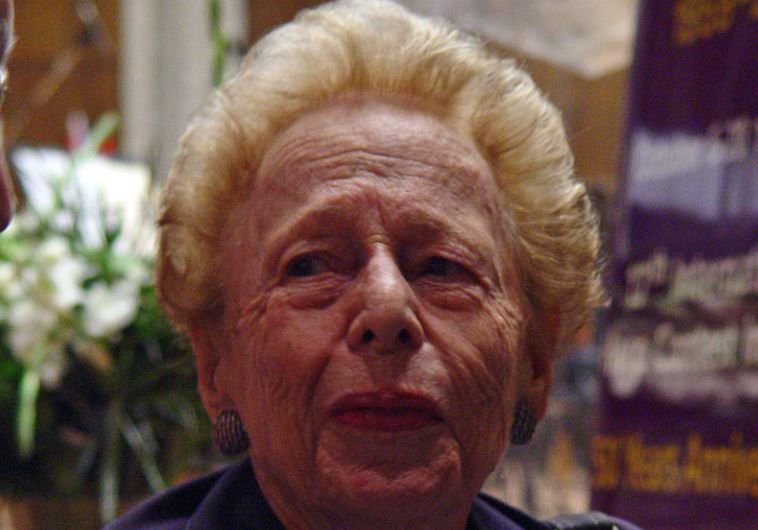Esther Herlitz, who broke the glass ceiling many times over, dies at 94
Israel’s first female ambassador also served as MK, adviser to Golda Meir, fighter in the Hagana and chairwoman of the International Harp Contest.
 (photo credit: Wikimedia Commons)Updated:
(photo credit: Wikimedia Commons)Updated: